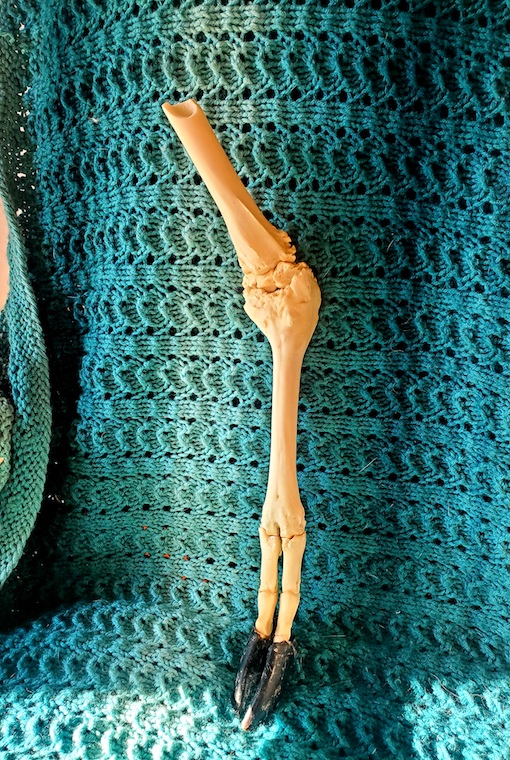
A unique doe harvested southwest of Ottawa last December either overcame an injury or infection in a leg joint, experts believe, and raised at least two fawns while catering to an unusual leg condition.
The whitetail was shot near Lanark in December 2019 during the muzzleloader hunt by a young hunter in the same group as Jessica Coupland. Coupland recognized the crooked-legged deer upon holding its forequarters as it was field dressed. The cervid was first seen grazing in her cousin’s yard one summer, years earlier, and several times afterwards — including with two fawns.
Fascinating bones
Fascinated by bones, the Watsons Corners resident saved the doe’s leg while she was butchering it, and found the joint had extra growth and pieces.
The leg was permanently bent inward, unable to straighten, but also backward, with a range of motion far exceeding what should be possible.
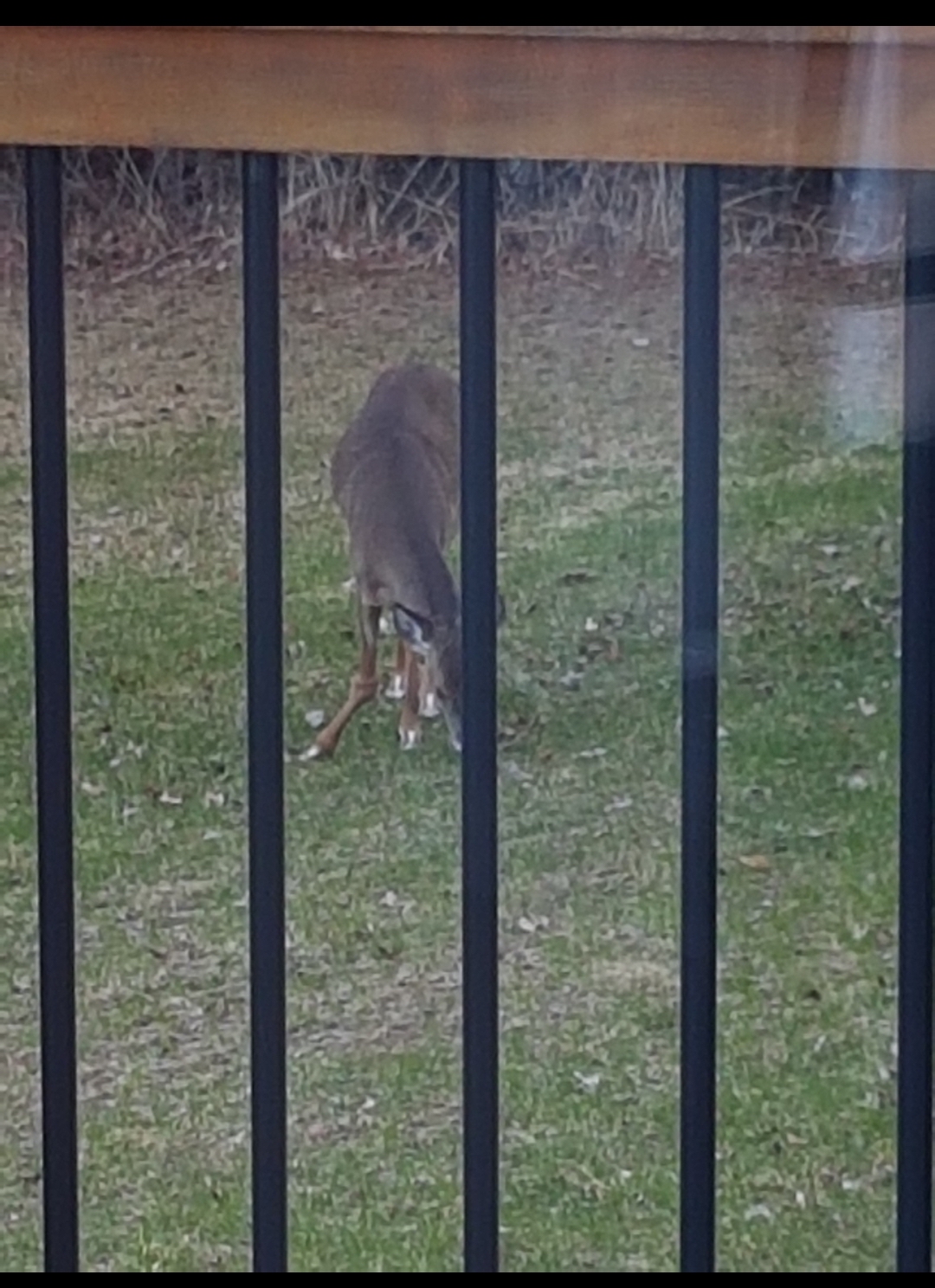
Wear on the joint led her to believe the doe had this condition since it was a fawn and may even have been hit by a car. However, the deer also had a smaller bone growth growing out the side of a rear hoof, so Coupland also considered osteosarcoma (bone cancer) as another possibility.
“I may never know, but she was one incredible doe,” she wrote. “To run, raise two fawns and live at least three years on a leg like that just proves to me how incredible and resilient these animals are. They will always have my respect for exactly these reasons.”
Consulting experts
Ontario Federation of Anglers and Hunters (OFAH) Wildlife Biologist Dr. Keith Munro agreed the deer may have recovered from a traumatic injury. An oddly-healed injury could explain the increased range of motion, although cancer would not.
Canadian Wildlife Health Cooperative Wildlife Pathologist Dr. Brian Stevens offered a similar explanation, but guessed the deer may have had an infection in the joint from a penetrating injury that it was able to clear.
It’s also possible it was ill as a fawn with a systemic bacteria that made its way to the joint, as seen in calves and lambs and other domesticated animals, he said. This infection would cause remodelling of bones and likely damage ligaments, causing hyper-flexibility.
“After an infection like that, you will have a lot of new bone growth as it heals, which is why the bones likely look the way they do,” he wrote.
The other bony growth, Stevens added, are more common and are almost always secondary to trauma. They are often called an exostosis, a benign growth from repeated trauma to an area that can be seen in any species, such as racing horses.
OFAH Policy Manager Mark Ryckman pointed out how it is amazing that animals in this condition can survive, and questioned how the doe behaved differently as a result.
“Did she use refuge habitat more than other does? Did she adopt different security strategies or ways to keep her fawns safe? Mind-blowing,” he said.


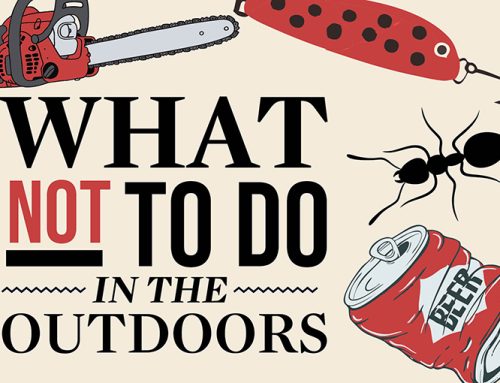
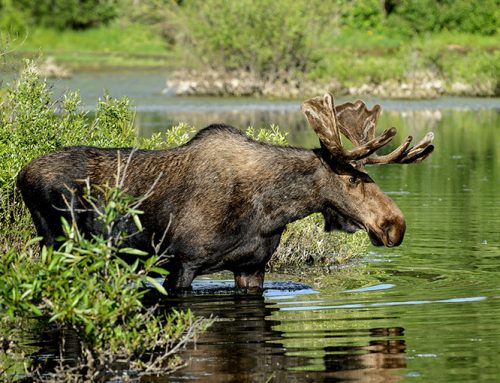
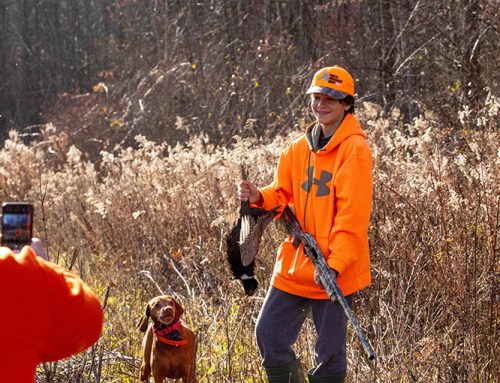
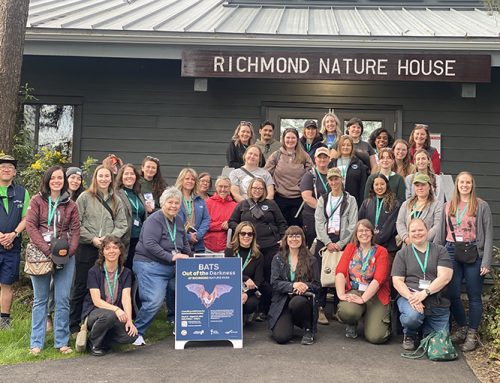
Leave A Comment